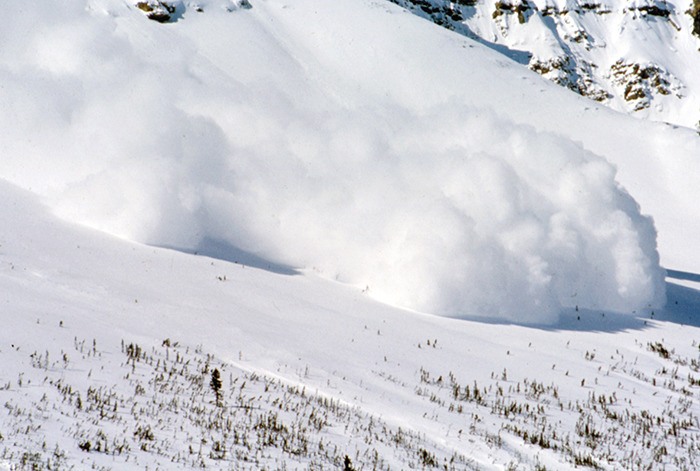For those who love to get out into the backcountry over the winter, avalanche safety is a very real and present concern and it’s important to always be prepared.
“When there’s enough snow to ride, there’s enough snow to slide,” said Canadian Avalanche Centre (CAC) Public Avalanche Forecaster Joe Lammers. “We’re definitely into avalanche season and our bulletins are in full fling.”
The CAC is a non-government, not-for-profit organization that provides one of the most comprehensive resources for anyone looking for up-to-date information on avalanche and snowpack conditions in their area. By visiting their website at www.avalanche.ca, users can find daily bulletins for each of the 16 regions across British Columbia that the CAC keeps track of.
However, Lammers cautions that while these bulletins are updated daily, it’s also important to know local conditions as the bulletins only give a broad overview of a region.
“The snowpack is a dynamic process, it’s constantly changing,” he said. “One thing I can say about the Purcells is that there is not a lot of data coming from that region this time of year, but we can tell you that the snowpack structure in the Purcells varies dramatically from region to region. Because of that, we strongly urge you to be a bit of a detective and make your own observations as you travel through the mountains.”
Avalanche Skills Training (AST) courses are strongly encouraged for anyone going into the mountains. These courses offer both classroom and in-the-field training sessions that give outdoors enthusiasts the ability to recognize and avoid avalanche terrain and effectively rescue a member of the group buried by an avalanche. The course goes over basics like ensuring you have the proper equipment — a shovel, transceiver and a probe — and knowing how to use it, watching for an increase of precipitation or a sudden rise in temperature, and avoiding having multiple people on the same run at the same time.
“It covers everything from interpreting the bulletins and understanding the language used, to recognizing safe terrain,” Lammers said. “It has to be intuitive because under stressful situations you don’t want to be doing the stuff for the first time.”
All of this information, including where to find local AST courses, can be found on the CAC website at www.avalanche.ca.
“If you’re witnessing avalanche activity, that’s the most obvious clue that Mother Nature can possibly give you,” Lammers said. “She’s telling you straight up that you have have an instability in the snowpack.”
Additionally, anyone headed into the backcountry is advised to leave a trip plan with a responsible individual and stick to that trip plan. For a printable copy of a trip plan and to learn more about being safe when getting outdoors, visit www.adventuresmart.ca.
